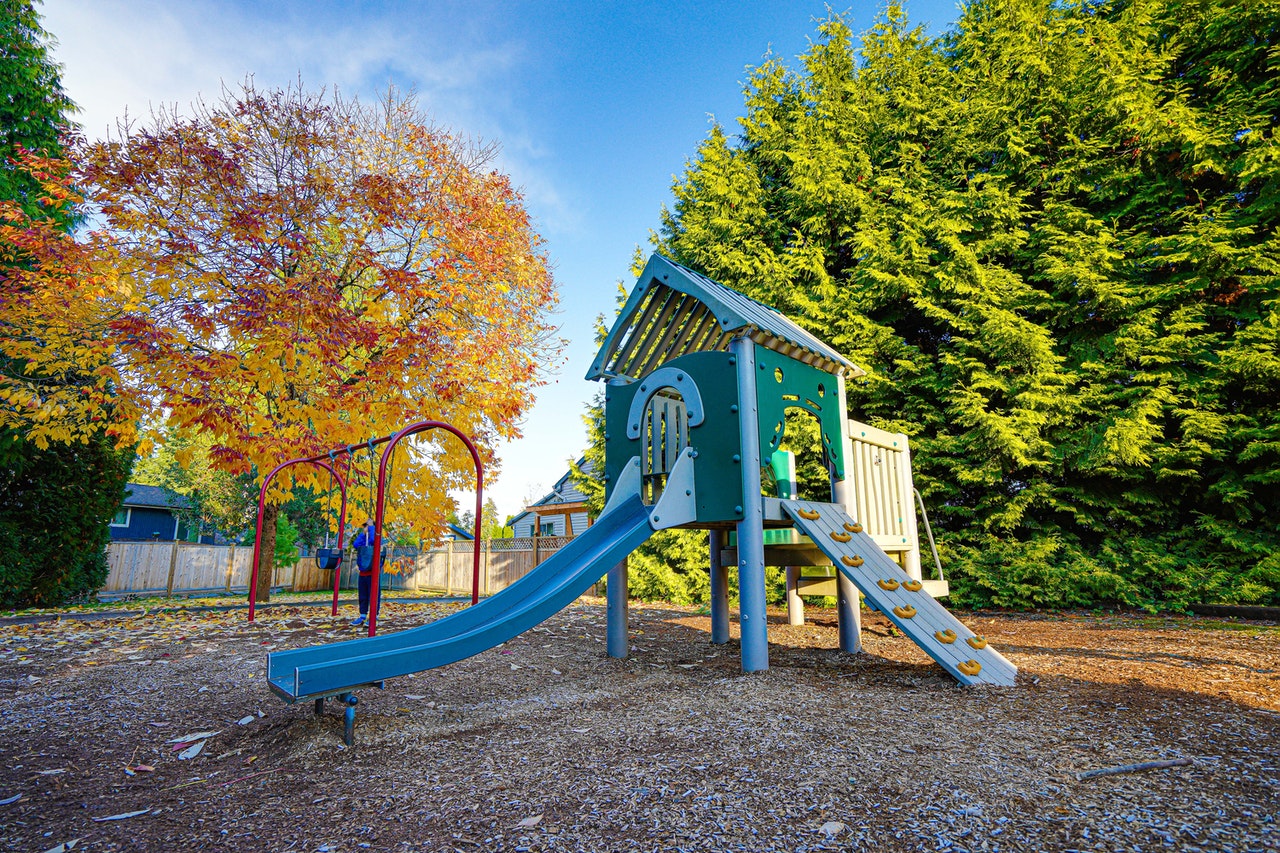(Author’s Note: I was scrolling through our blog archive over coffee in the early morning hours yesterday, when I came across this post from several years ago. The story is a simple one, and pretty self-explanatory. But as I always say to my clients, colleagues and friends, the simplest stories often have the most powerful messages. In this example, we were in Mexico visiting family, and our then-eight-year-old son had this magical interaction with some kids on the playground. This post spoke to me in so many ways, mostly because once again we realize we can learn valuable lessons from watching the ways that kids interact. Their minds, perceptions and behaviors are pure, not yet affected by the world around them. Enjoy! – Dean)
My family and I were visiting my wife’s parents in central Mexico recently, when an extraordinary thing happened. We took our two children to a nearby playground, and there were lots of local children playing there at the time. Our son Zach, now eight years old, noticed two other children about his age, a brother and a sister. They seemed to be doing the same kind of playing that he likes to do, and my wife and I could tell that he was fascinated. He really wanted to play with them, but was hesitant to make the approach.
They also seemed interested in him, perhaps in part due to a toy plastic helicopter that he was flying. After a long “dance” where it was obvious that all parties were interested in playing, Zach finally approached and offered them a turn with his toy helicopter.
And what happened next was amazing to watch.
Despite the fact that Zach speaks almost no Spanish (he can order his favorite taco dish… “tres tacos de pollo, con cilantro y cibollos y salsa verde, no salsa rojo”), and that his two playmates spoke almost no English, they played happily together for more than an hour. They laughed, attempted to speak to each other constantly (not sure what was said… Dad and mom stayed far away, so as not to disturb), and ran around and climbed and played. It was a spectacular scene to watch.
And even though I watched the scene primarily as a proud parent, I also watched with the perspective of a communications coach. These children found the “common ground” of the playground, and used it to communicate just fine, even though they could not communicate in the traditional sense. The language barrier mattered not a bit.
As I watched them, I kept thinking about the many people we have coached over the years, who need to communicate something that an audience might not understand. We have seen thousands of examples of people who need to garner support for a project that is not well understood… or who need to make their case for a new technology with implications that leadership might not grasp… or identify a risk that no one else yet sees.
And in all these cases, we always coach our clients to look for some common ground so that the audience will have a greater chance of understanding the point.
Common ground… whether we are talking about organizational risk, or project resources, or new technologies, or toy helicopters on the playground… Common ground is the answer to almost any communication barrier.
Have a great day.
Does your team:
– Take too long to make decision?
– Fail to ask for what it wants or needs from you?
– Make things too complicated?
– Deliver unconvincing or disorganized presentations?
– Have new hires who are unprepared to communicate in the workplace?
We transform teams and individuals with repeatable toolsets for persuasive communication.
Explore training, coaching, and consulting services from The Latimer Group.
Looking for more from The Latimer Group?
- 3 Visual Mistakes to Avoid in Your Next Slide Deck
- Persuasion is Not Always Possible
- What Are Your Coffee Beans?
- The Recipe for Great Business Communication
- Bridging the Gap Between Intent and Impact
Looking for more from The Latimer Group?






Comments